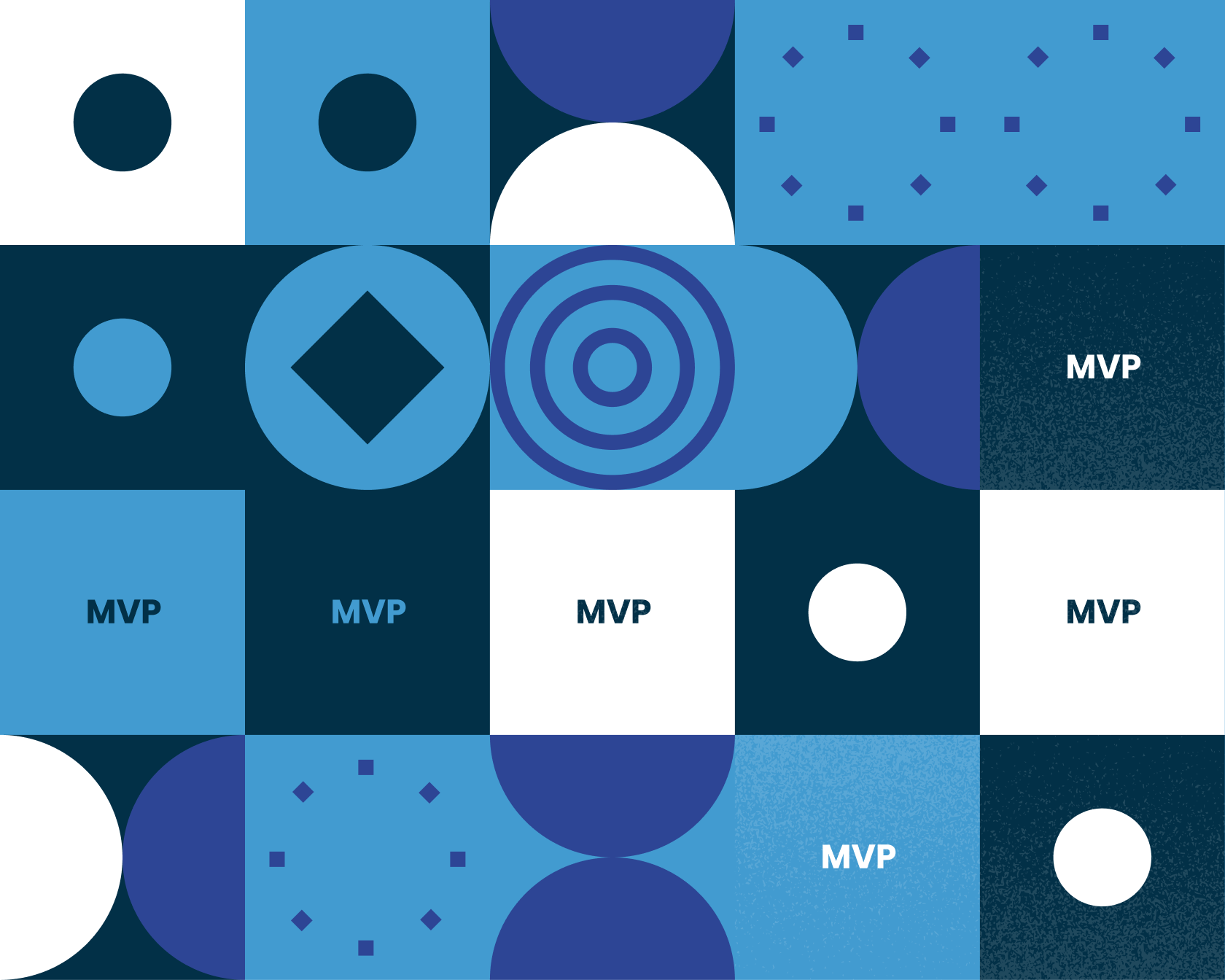Planning and building an MVP can be challenging, but it is a crucial step in developing a new product or service. By following a step-by-step guide and keeping in mind the importance of gathering feedback and testing the viability of your idea, you can increase the chances of success for build an MVP.
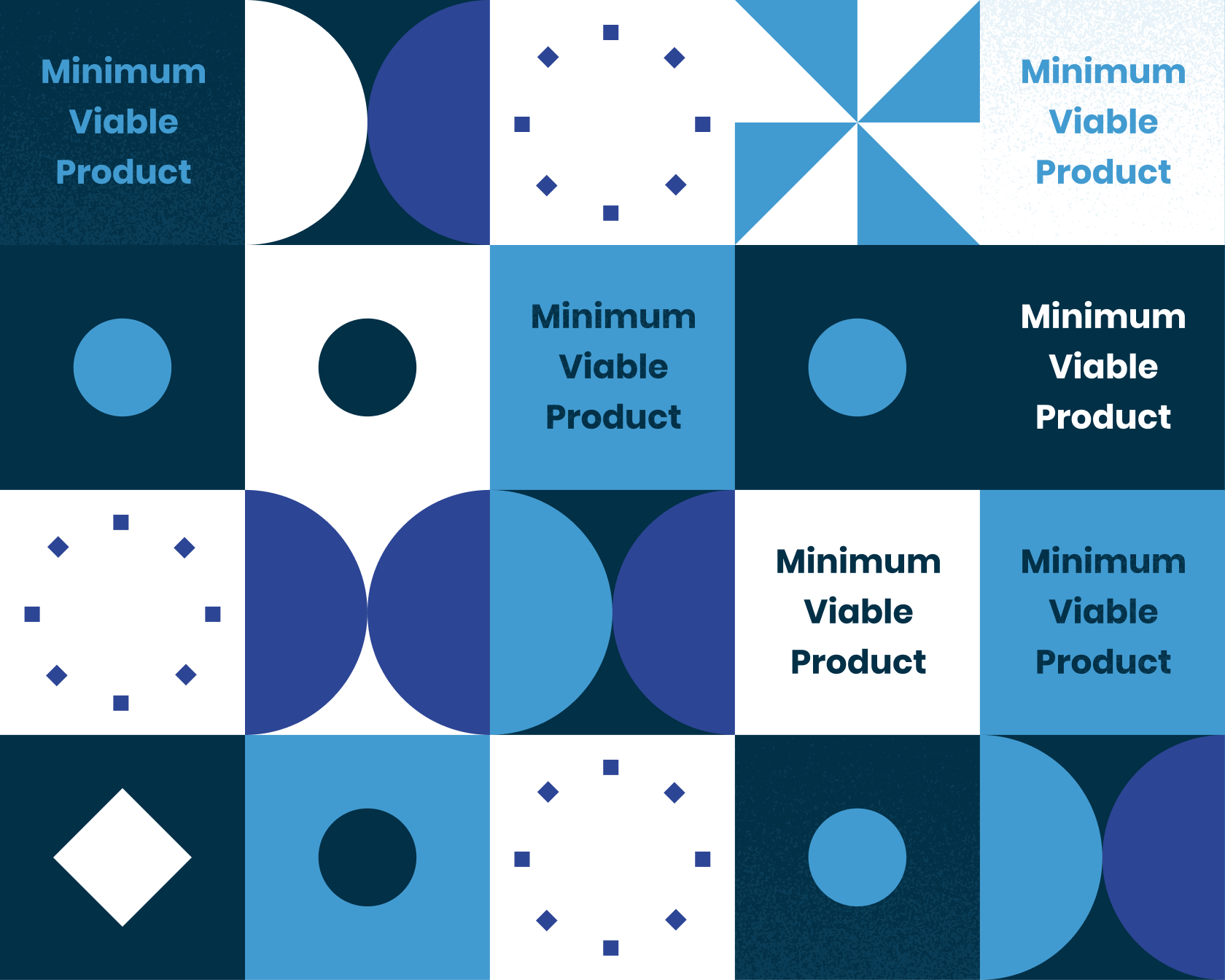
Once you have identified the problem, you are trying to solve and developed a list of MVP features, creating a prototype to test and gather feedback is crucial.
You can do this through various methods, such as paper click-throughs, low-fidelity mockups, or even a simple website. It is essential to keep in mind that the prototype should be the minimum necessary to test the viability of your idea and gather feedback.
After creating a prototype and gathering feedback, it is crucial to analyze the results and make necessary adjustments to your MVP. This may involve adding or removing features, refining the user experience, or making changes based on customer feedback.
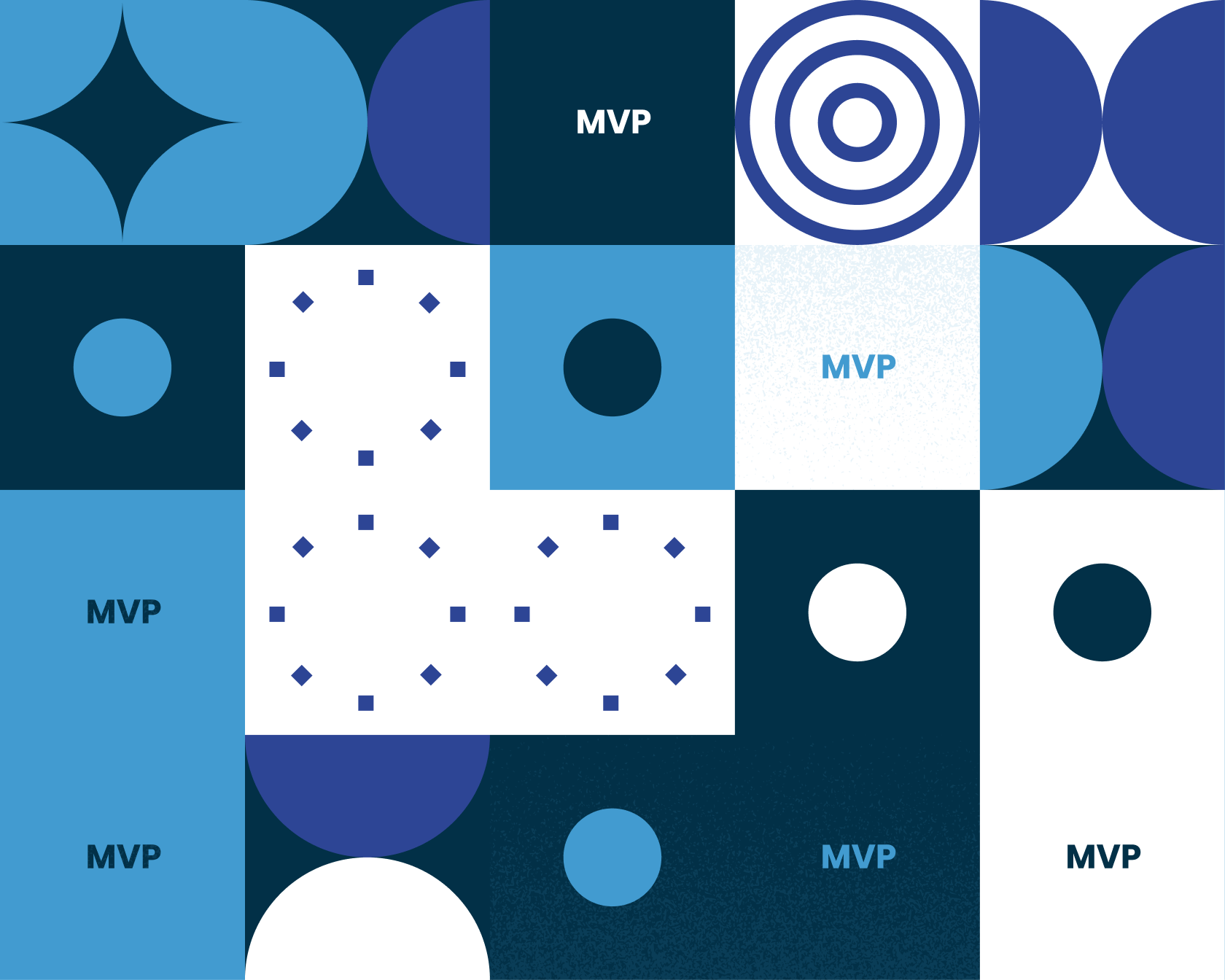
Once you have build an MVP and ready for launch, it is essential to focus on marketing and promoting it to your target audience. You can do this through various channels such as social media, email marketing, content marketing, and more.
It is also important to continue gathering feedback and tracking the performance of your MVP after launch. This can help you identify any areas for improvement and make necessary adjustments to ensure the success of your product or service.
By following these steps and gathering valuable insights from customers, you can increase the chances of success for your MVP and ultimately create a profitable product or service.
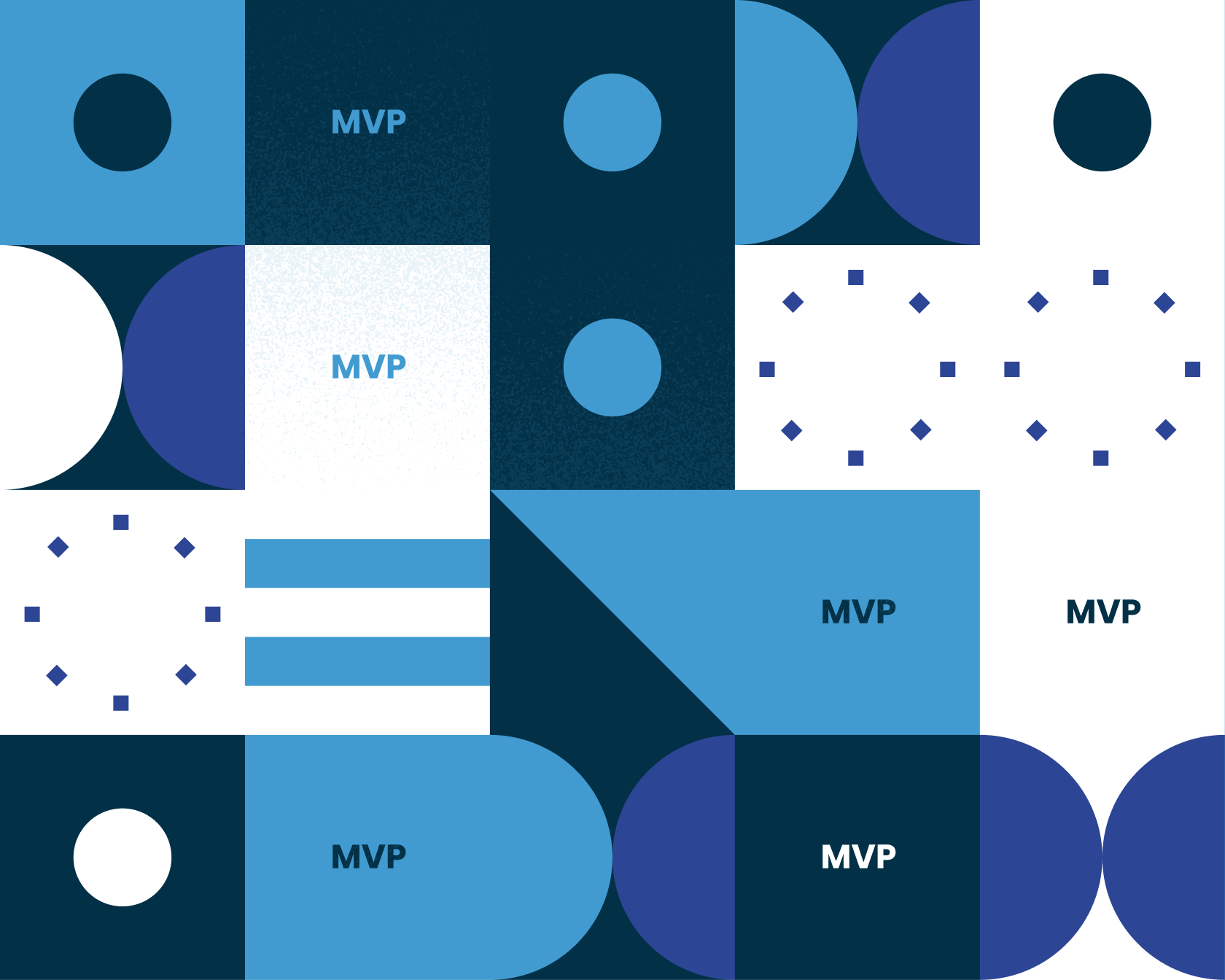
What is an MVP?
An MVP is not a minimal viable product but rather a product with just enough features to test a concept's viability and receive customer feedback.
MVPs are often created with the rapid prototyping approach, which utilizes low-fidelity mockups that are quicker and easier to make than a high-fidelity prototype. They are usually designed with paper click-throughs that allow faster iteration cycles and easier changes than high-fidelity prototypes.

An MVP is a product or service with the minimum features necessary to solve a specific problem or meet a particular need. It is designed to test the viability of an idea and gather feedback from potential customers as quickly and cheaply as possible.
You will need to build an MVP not to create a fully-featured product but to determine if the concept is worth pursuing and gather valuable insights from customers.

MVPs can be physical products, websites, landing pages, or paper prototypes. The key is that they are the least expensive and quickest way to start testing an idea. An MVP might not have all of the bells and whistles of a finished product, but it helps the company test the concept's viability and get feedback from potential customers as quickly and cheaply as possible.
An MVP does not have to be a physical product; it can also be a piece of content like a blog post or email campaign. The key is to start experimenting with your idea as quickly as possible to see if it generates interest.
Over time, you can improve and refine your MVP to create a polished and profitable product.
Build an MVP development plan.
MVPs can take many forms and can be used in various industries. For example, an Minimum Viable Product for a new smartphone app might be a basic version of the app that only includes the essential features, while an MVP for a new online store might be a simple website that allows customers to make purchases.
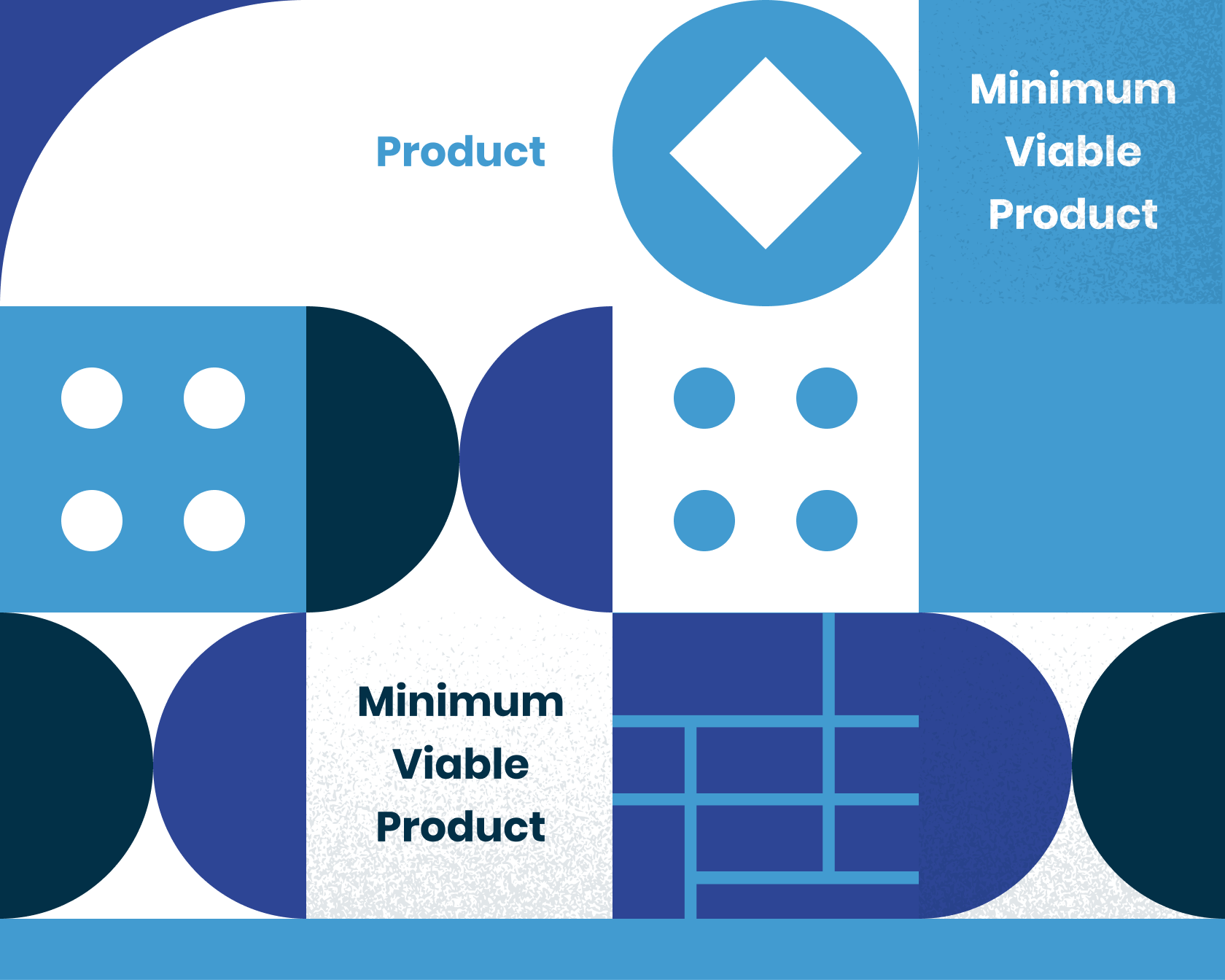
Why is an MVP important?
There are several reasons why developing an Minimum Viable Product is essential:
Idea Validation
Validate your idea: An MVP allows you to test your hypothesis with a small group of customers and gather valuable feedback to determine if it is worth pursuing. This can save you the time and resources we would spend building a fully-featured product that may not be successful.
Feedback
Gather feedback: An MVP allows you to gather customer feedback and make adjustments based on their feedback. This can help improve the final product and increase its chances of success.
Time saving
Save time and resources: Developing an Minimum Viable Product allows you to test your idea quickly and cheaply rather than spending a lot of time and resources building a fully-featured product that may not be successful.
Improve your product: An MVP allows you to gather feedback and adjust your product before it is fully launched. This can help improve the final product and increase its chances of success.
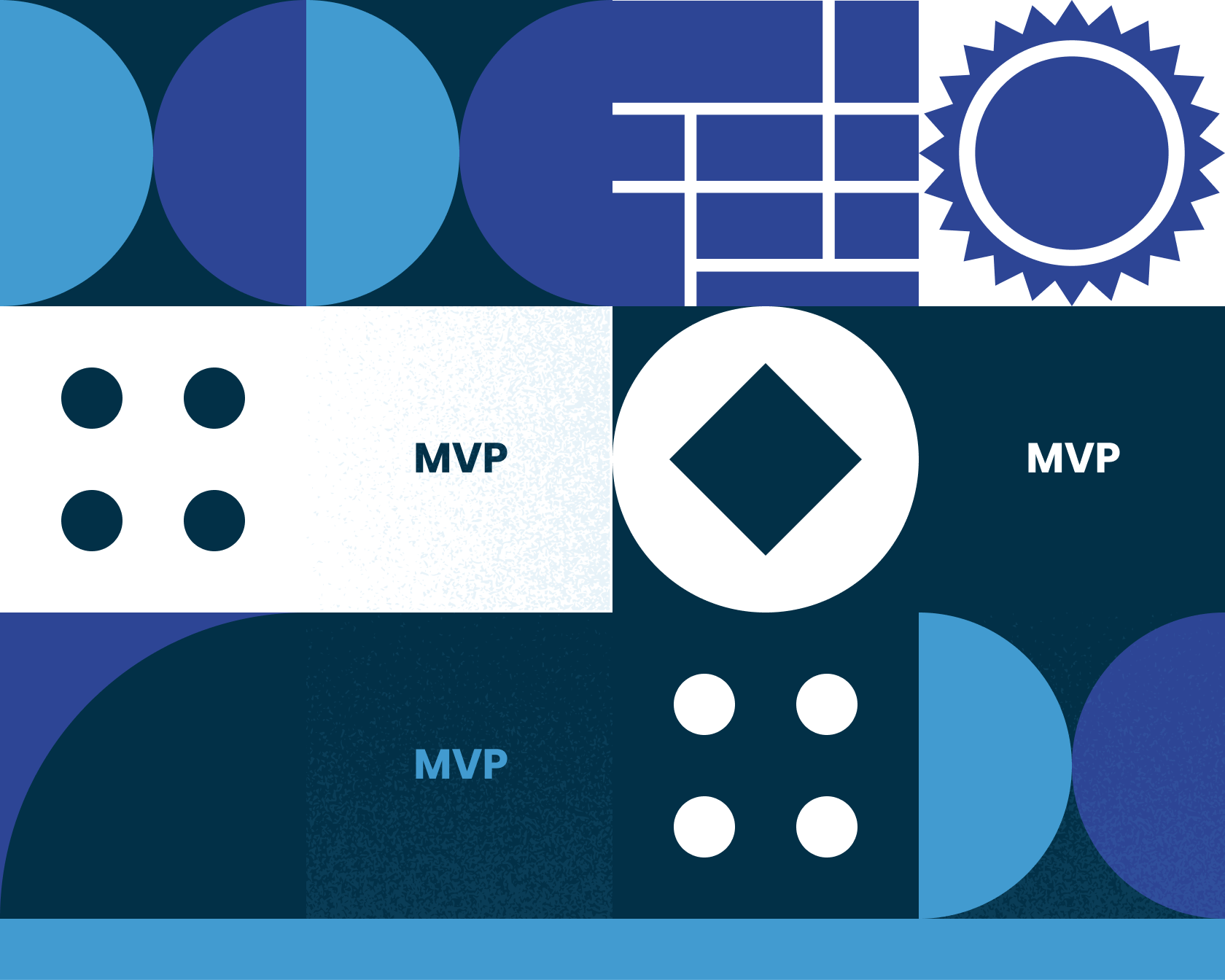
MVP Examples
Many successful minimum viable product examples have gone on to become successful products or services. Here are a few examples:
- Airbnb: The MVP for Airbnb was a simple website that allowed users to find and book affordable accommodations in various cities around the world. The MVP was launched in 2007, and within a year, the company had gained a significant number of users and had grown to include more than 20,000 listings. Today, Airbnb is a household name and is valued at over $30 billion.
- Dropbox: The MVP for Dropbox was a video demonstration of the concept, which showed how users could easily store and share files online. The MVP was launched in 2007, and within a year, the company had gained millions of users and had raised millions of dollars in funding. Today, Dropbox is a leader in the cloud storage industry and is valued at over $10 billion.
- Spotify: The MVP for Spotify was a simple music streaming service that allowed users to listen to music online. The MVP was launched in 2006, and within a few years, the company had gained millions of users and had raised millions of dollars in funding. Today, Spotify is a leader in the music streaming industry and is valued at over $50 billion.
Overall, these examples show that a successful MVP can be the foundation for a successful product or service. By testing the viability of an idea and gathering feedback from potential customers, companies can create MVPs that have the potential to become successful products or services.
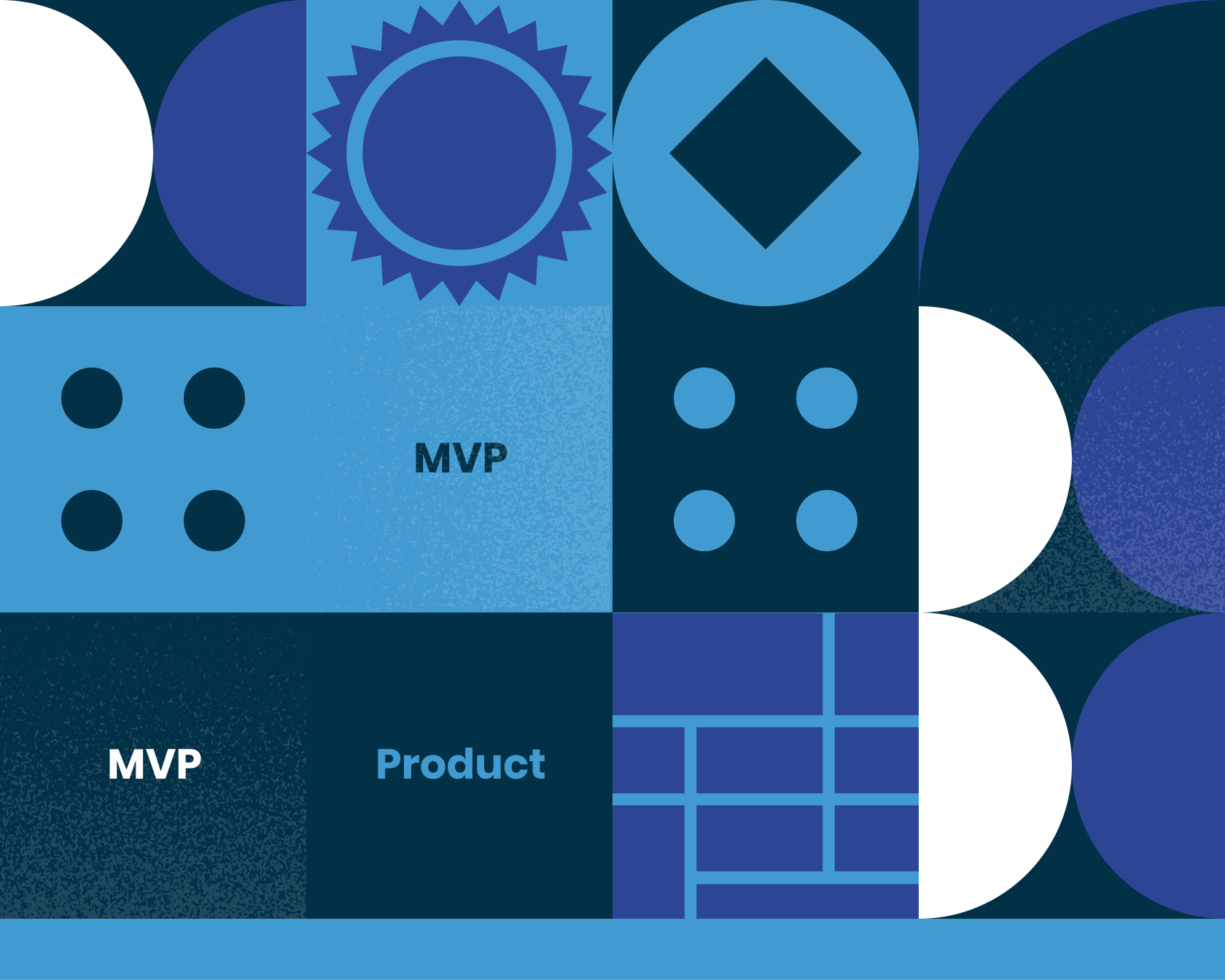
Step-by-Step Guide to Developing an MVP:
MVP development stages
Identify the problem you are trying to solve
To identify the problem you are trying to solve, it is essential to conduct market research and gather data on your target market. You can do this through various methods such as surveys, focus groups, and analysis of market trends.
By understanding your target market's needs and pain points, you can identify potential problems your product could solve.
Once you have identified a problem, it is crucial to determine how your product will provide a solution. This may involve creating a list of features that address the problem and determining the minimum necessary to test the concept's viability. It is also essential to consider the user experience and how potential customers will use your product.
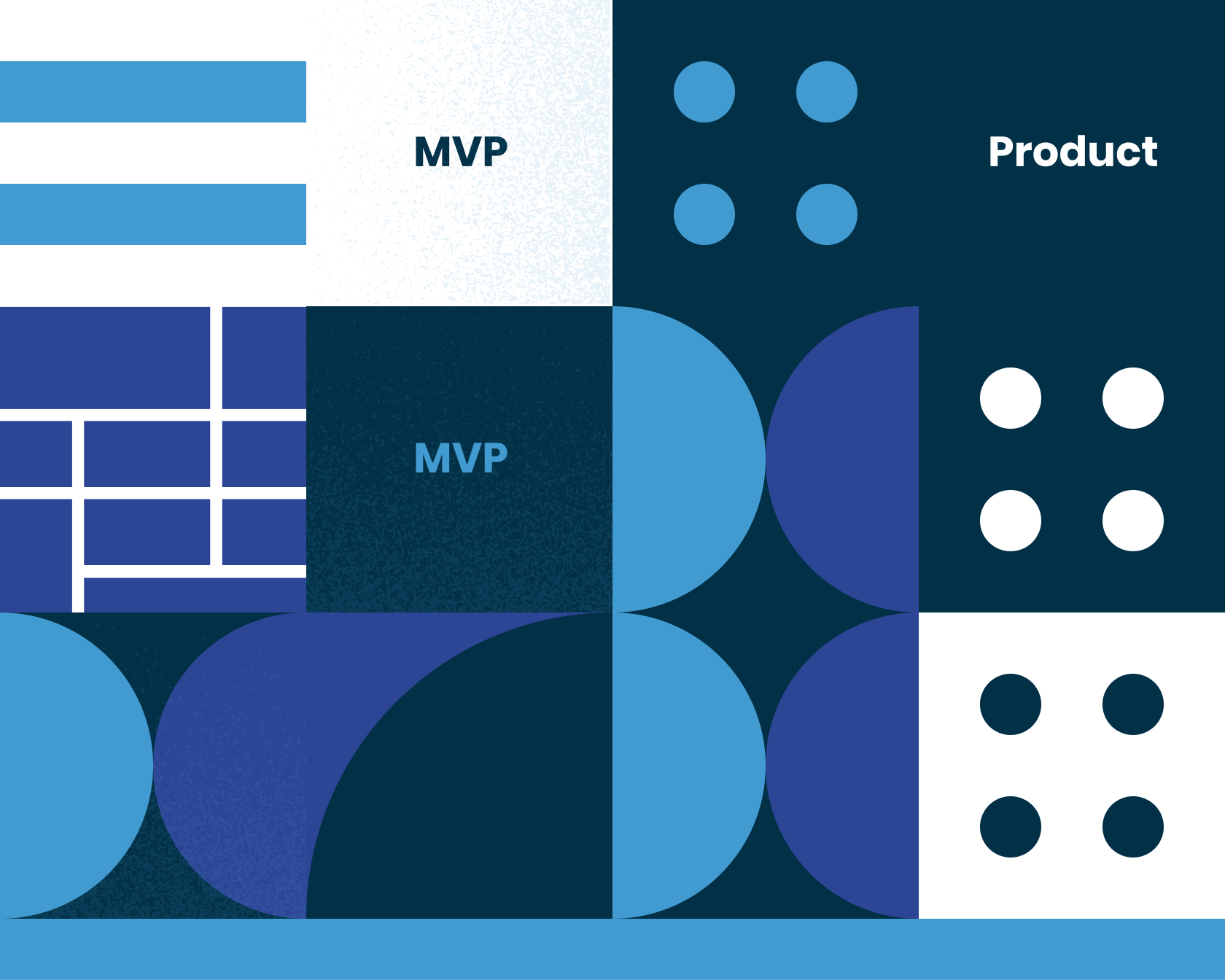
In addition to identifying the problem and determining how your product will provide a solution, it is also essential to consider the competition. Understanding the competitive landscape can help you differentiate your product and decide on its unique value proposition.
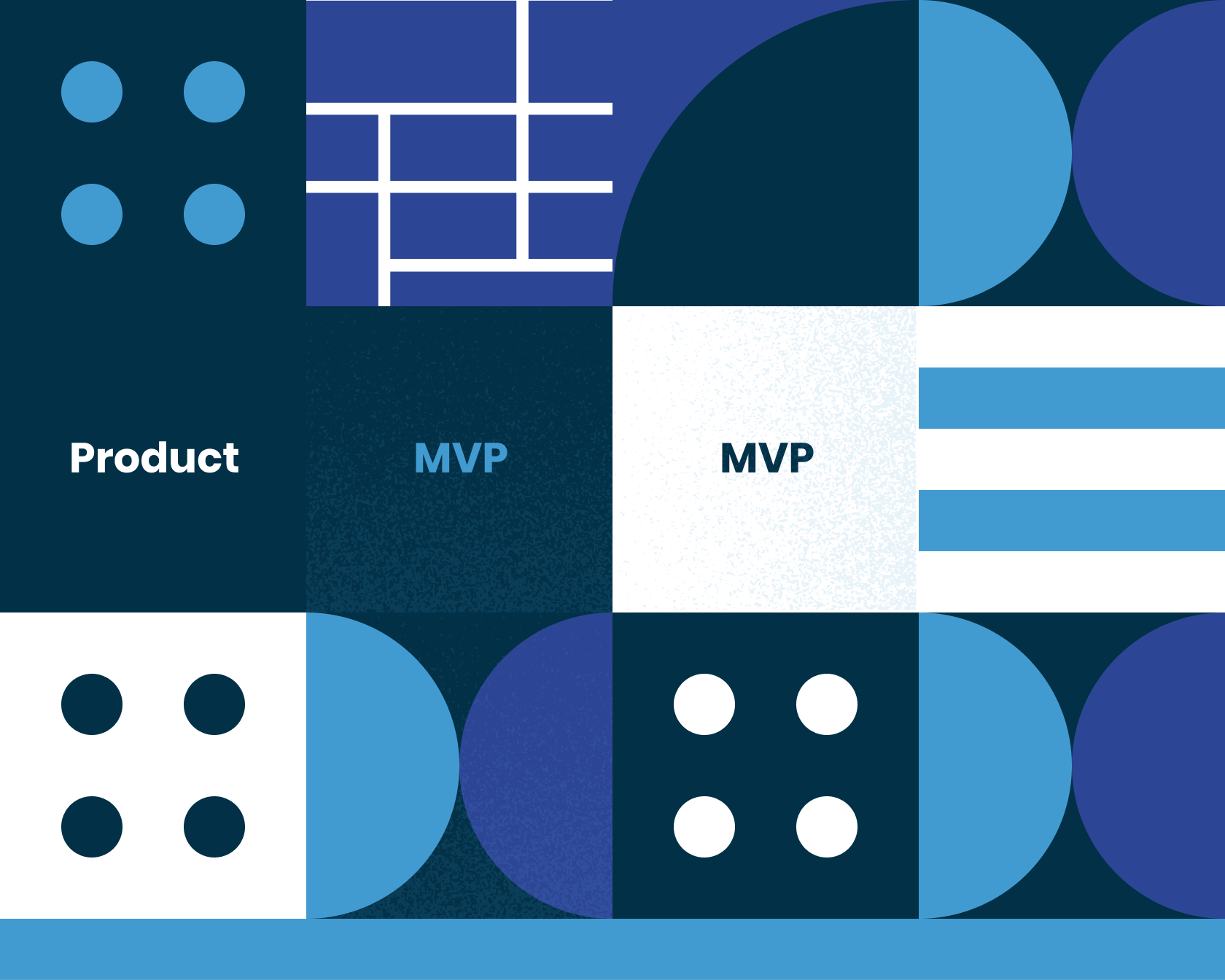
Overall, the first step in developing an MVP is to thoroughly understand the problem you are trying to solve and how your product will provide a solution.
This requires a deep understanding of your target market and their needs and an analysis of the competitive landscape. By thoroughly researching and understanding these factors, you can increase the chances of success for your Minimum Viable Product.
Conduct market research
Conducting market research is an essential step in the MVP development process, as it helps you understand the potential demand for your product and gather data on your competitors. By understanding these factors, you can determine if your product idea is viable and how it compares to similar products in the market.
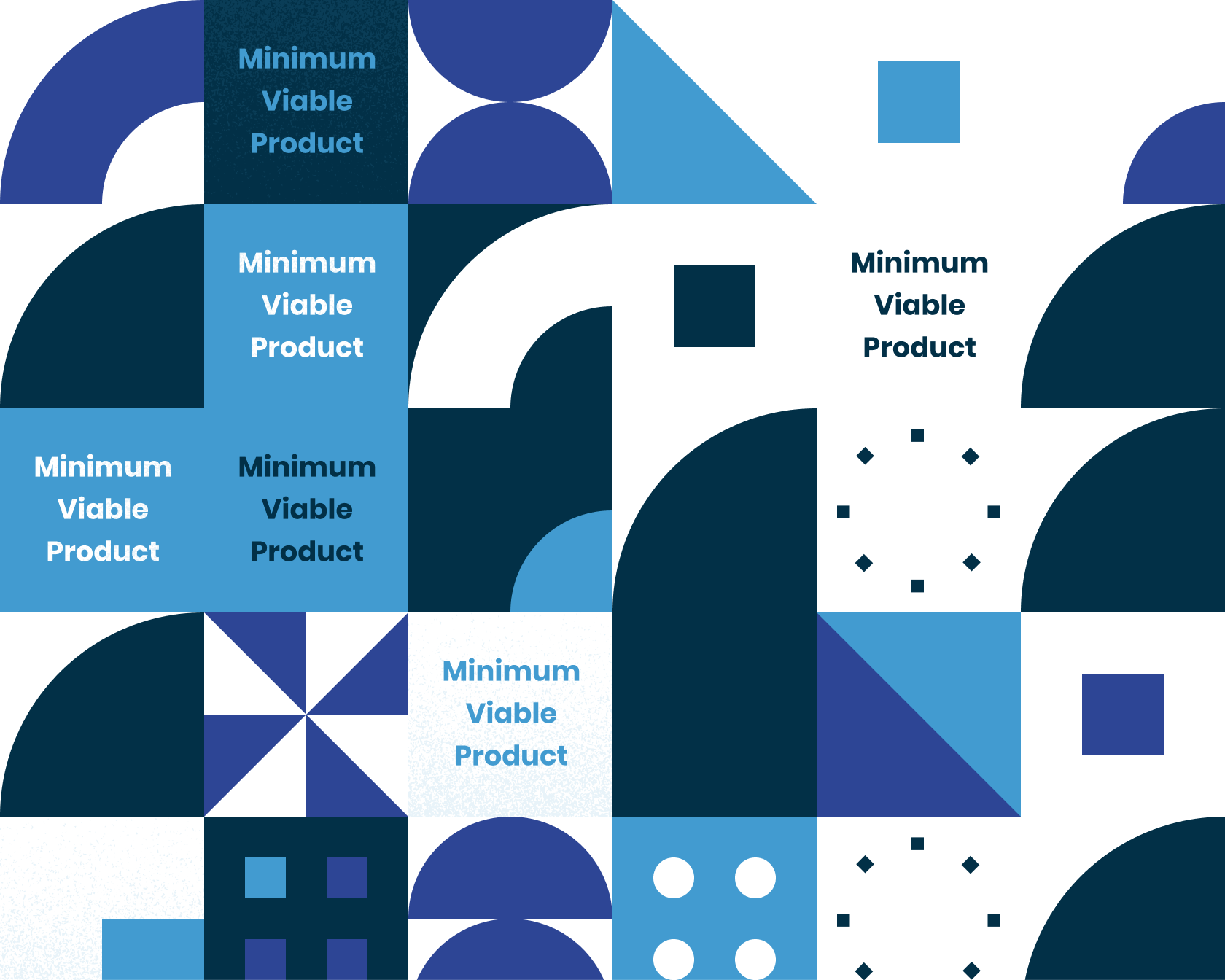
Before ve even start to build an MVP, We can use various methods to conduct market research, including surveys, focus groups, and market trends. We can use surveys to gather data from a large sample of potential customers.
At the same time, focus groups allow for more in-depth discussions and can provide valuable insights into customer preferences and pain points.
Analyzing market trends can also provide helpful information on the current state of the market and potential opportunities for your product.
It is important to conduct thorough market research to ensure that your Minimum Viable Product is aligned with the needs and preferences of your target markets. This can help increase the chances of success for your product and ensure that it is well-positioned in the market.

In addition to gathering data on your mark market, collecting information on your competitors is essential.
By thoroughly understanding the competitive landscape, you can better position your product and increase its chances of success.
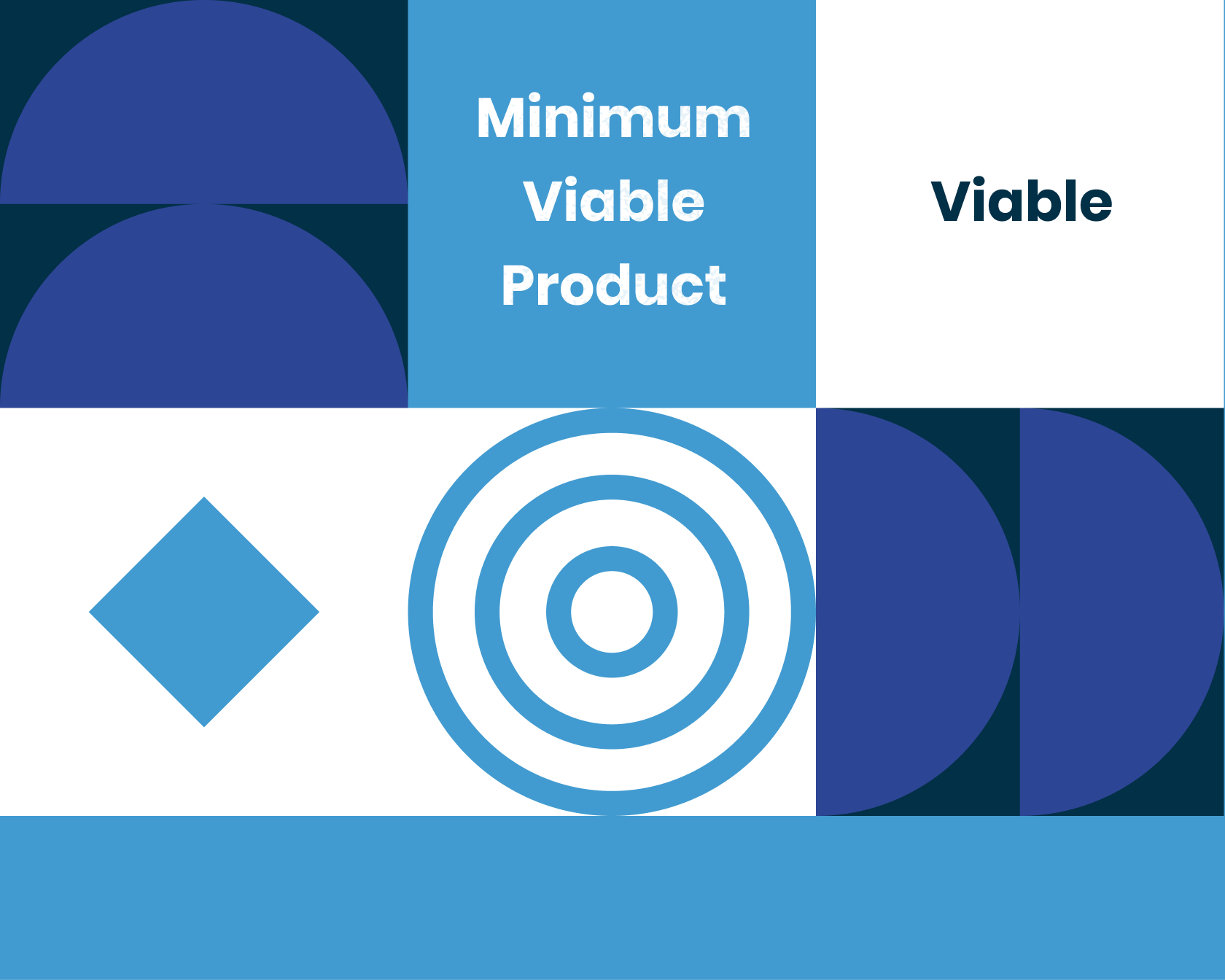
Overall, conducting market research is an essential step in MVP development, as it helps you understand the potential demand for your product and gather data on your competitors. By thoroughly researching your target markets and the competitive landscape, you can increase the chances of success for your Minimum Viable Product.

Developing a list of MVP features
Developing a list of Minimum Viable Product features is an essential step in the minimum viable product development process, as it helps you determine the minimum necessary all the features to test the viability of your product and gather feedback.
It is crucial to prioritize the features and consider which ones are most essential to test your concept.
One approach to prioritizing Minimum Viable Product new features is to use the "MVP feature prioritization matrix." This matrix helps you prioritize features based on their impact on the product's success and the effort required to implement them.
High-impact, low-effort features should be prioritized, as they provide the most value with the least effort. This is very crucial for MVP development processes.

MVP Development process
It is also essential to consider the user experience when developing a Minimum Viable Product features list.
The MVP development should provide a solution to the problem you are trying to solve and should be easy to use and navigate. By prioritizing the user experience, you can increase the chances of success for your MVP.
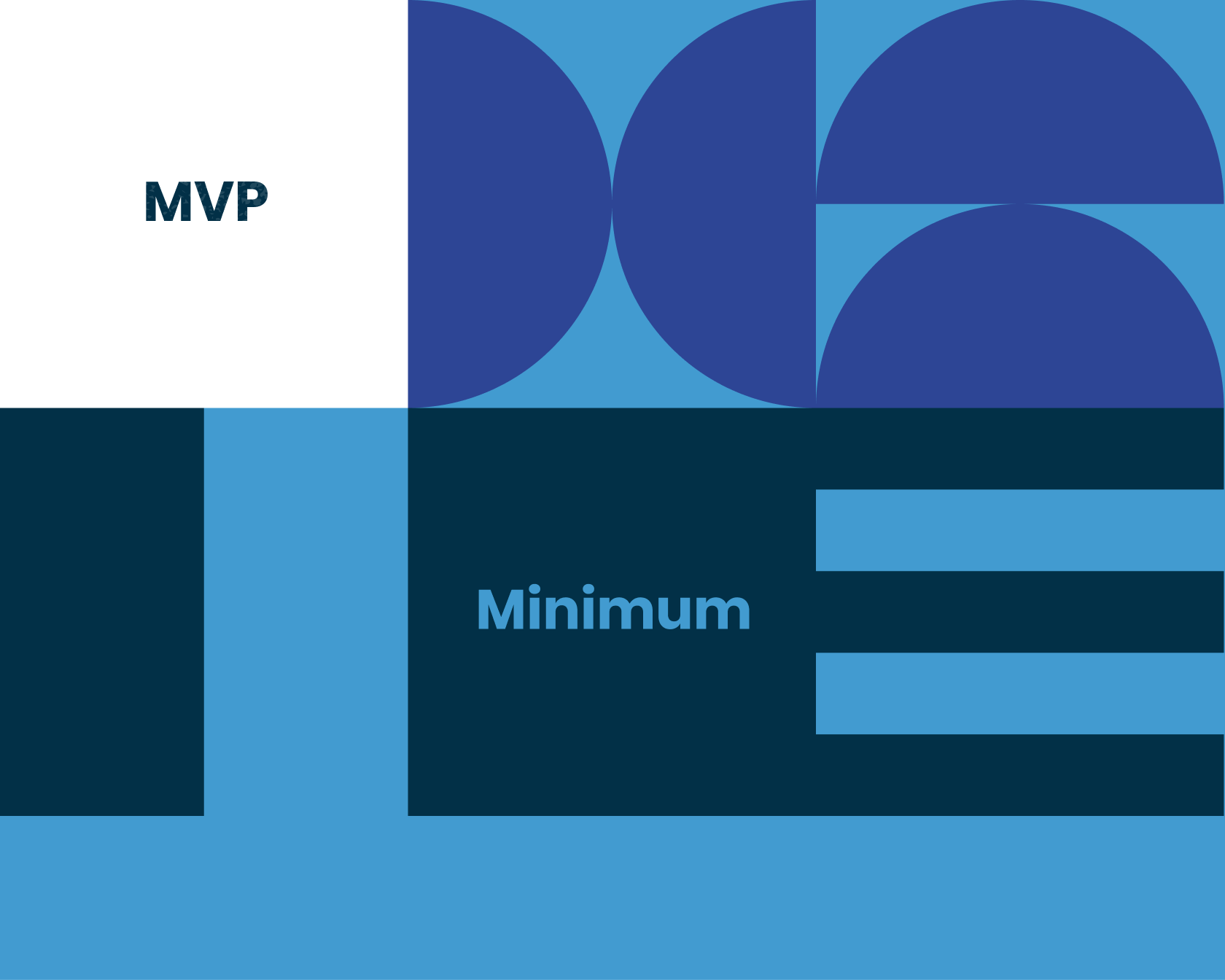
In addition to prioritizing features, it is also important to consider the resources available to you. This may include budget, time, and team resources. Considering these constraints, you can ensure that your Minimum Viable Product is realistic and achievable.
Developing a list of Minimun Viable Product features is an important step in MVP development. By prioritizing essential elements and considering the user experience and available resources, you can increase the chances of success for your MVP.

Creating a prototype
Creating a prototype is essential in the Minimum Viable Product development process, as it allows you to test and gather feedback on your MVP. You can use various methods to create a prototype, including paper click-throughs, low-fidelity mockups, and simple websites.
Paper click-throughs are a quick and inexpensive way to create a prototype, as they can be easily modified and updated.
Low-fidelity mockups are more interactive and can provide a better sense of the user experience, but they may require more time and resources.
Simple websites can also be prototypes, particularly for web-based products or services.
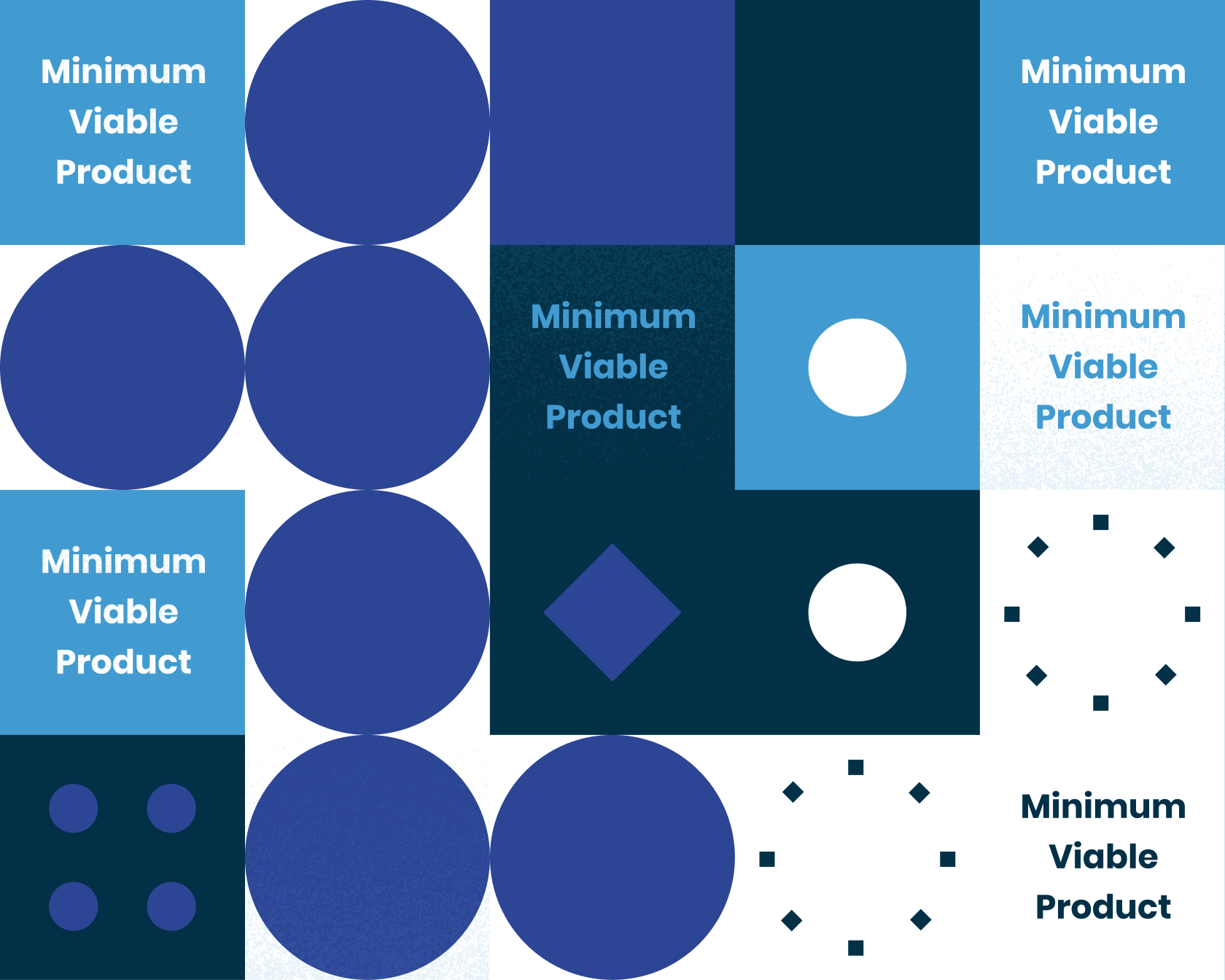
When creating a prototype, it is vital to keep in mind that the prototype should be the minimum necessary to test the viability of your business idea and gather feedback. This may mean including only the most essential features and excluding non-essential elements.
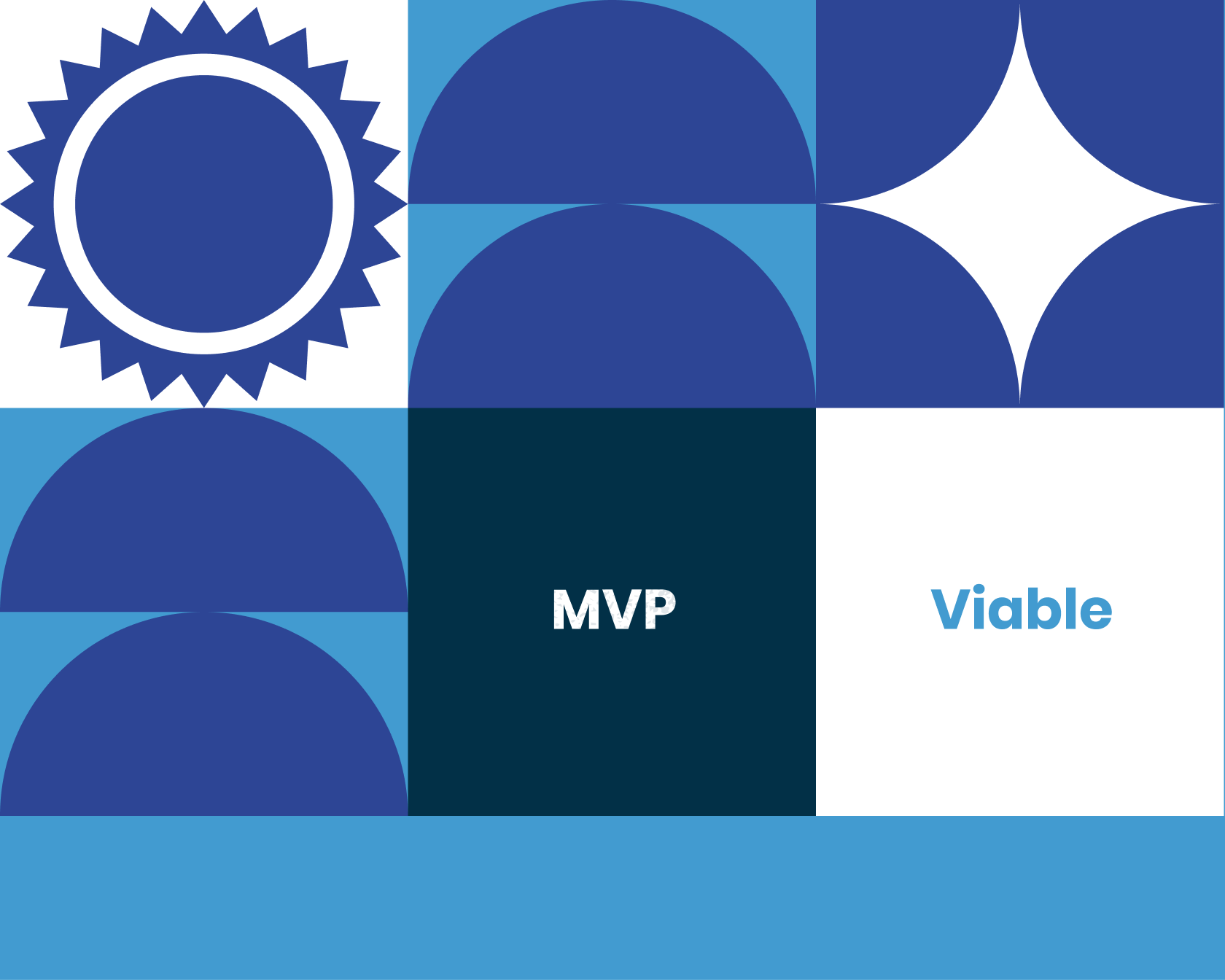
It is also essential to consider the user experience when creating a prototype. The prototype should be easy to use and navigate, as this will help ensure that it is valuable to potential customers. Collect user feedback, it's really helps.
Creating a prototype is an essential step in the MVP development. Using various methods such as paper click-throughs, low-fidelity mockups, or simple websites and keeping in mind the minimum necessary features and the user experience, you can create an effective prototype for testing and gathering feedback on your mvp software development.

User feedback
Gathering feedback is essential in the MVP development processes, as it allows you to gather valuable insights from potential customers and make necessary adjustments to your MVP. You can use various methods to gather feedback, including user testing, focus groups, and asking for feedback from friends and family.
User testing involves having a small group of potential customers use your prototype and provide feedback on their experience. This can provide valuable insights into the usability and effectiveness of your MVP development.
Focus groups involve a larger group of potential customers and allow for more in-depth discussions and insights into customer preferences and pain points. Asking for feedback from friends and family can also provide valuable insights, mainly if they are part of your target market.
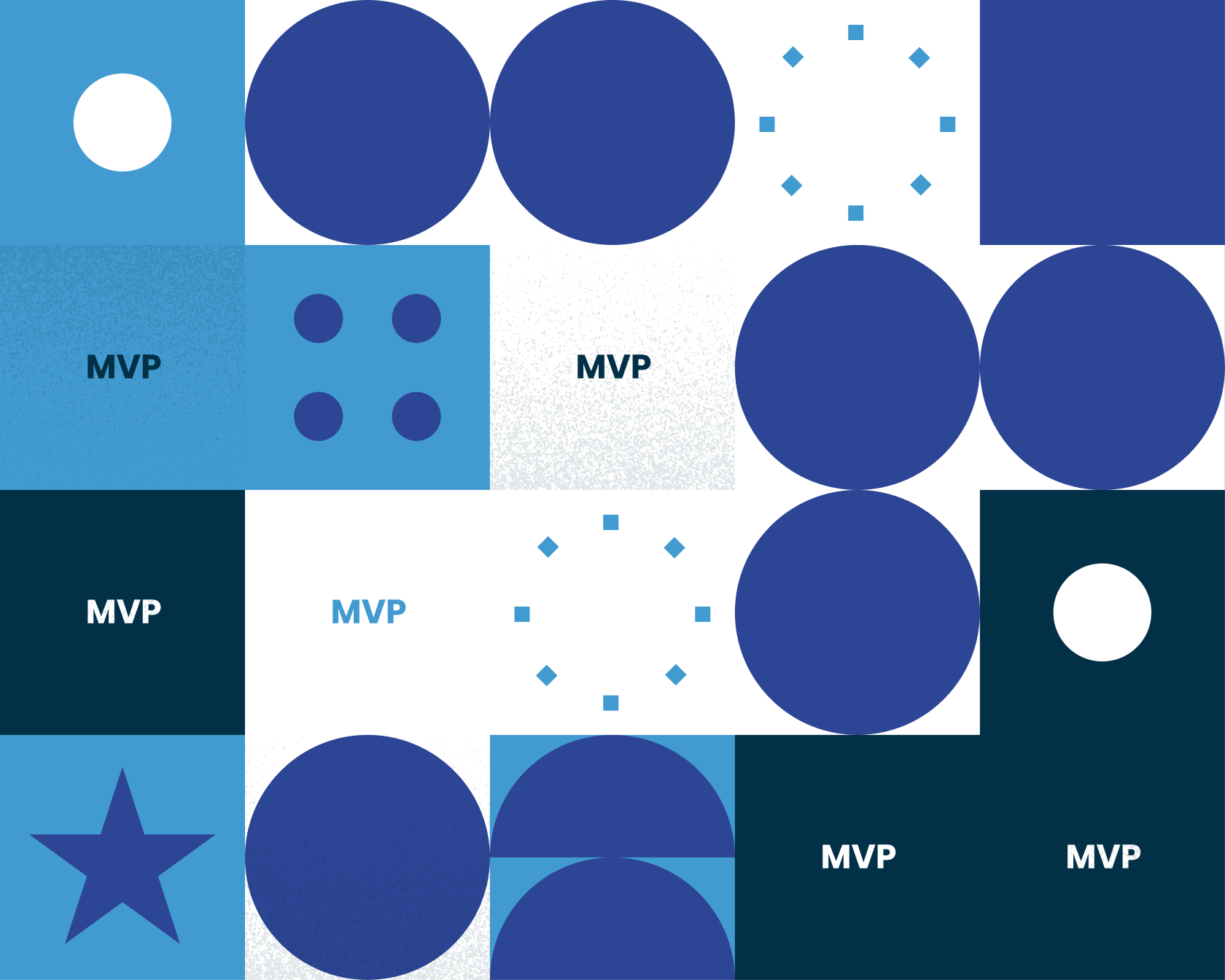
Customer development stage after you will build an MVP
It is important to listen to the feedback you receive and consider it when making adjustments to your MVP software development.
This may involve adding or removing features, refining the user experience, or making changes based on customer feedback.
Overall, gathering feedback is an important step in the MVP development process. Using various methods such as user testing, focus groups, asking for feedback from friends and family about basic features, and listening to the feedback you receive, you can gather valuable insights and make necessary adjustments to your MVP.
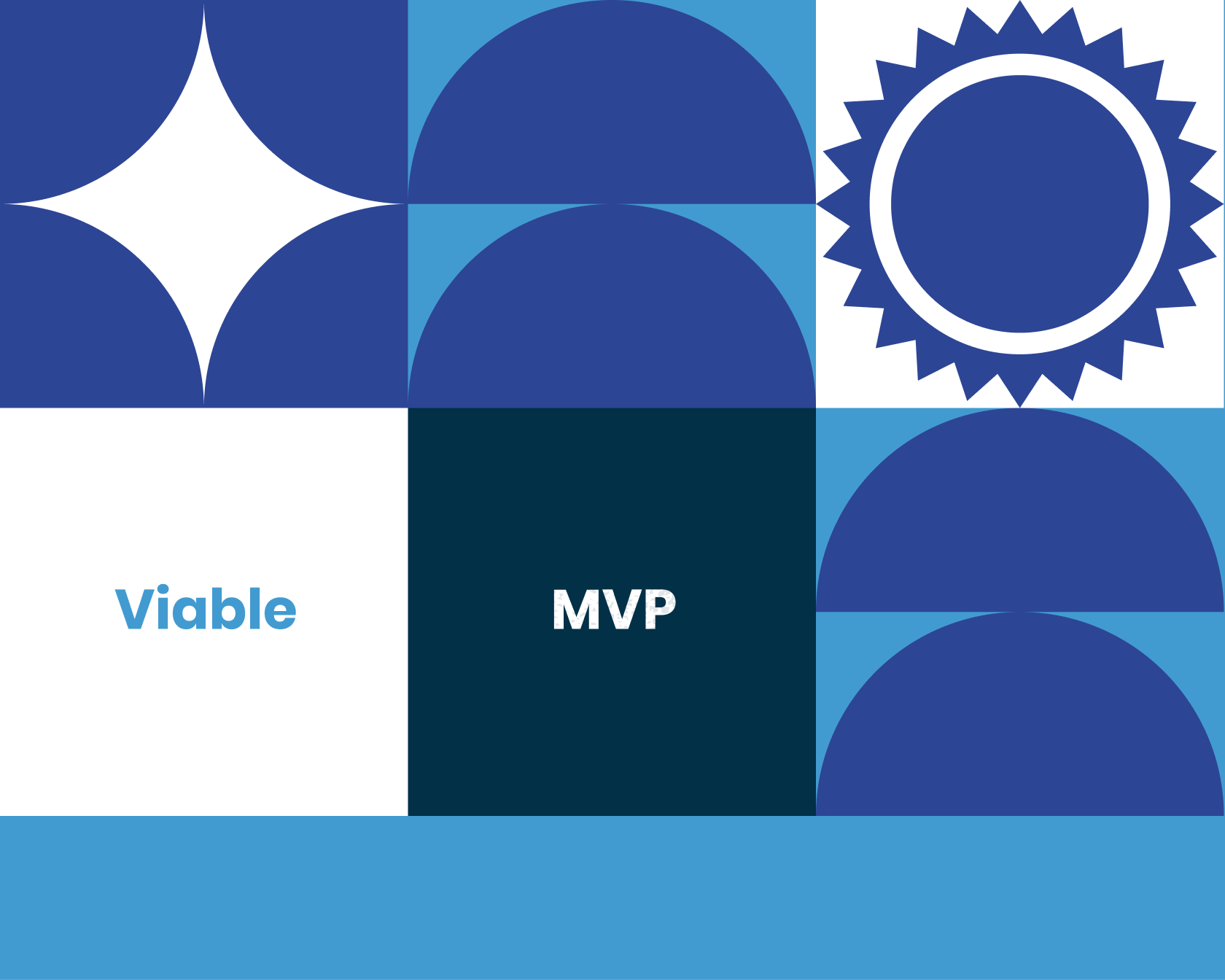
Analyzing the results
After gathering feedback, analyzing the results and adjusting your MVP are crucial. This may involve adding or removing features, refining the user experience, or making changes based on customer feedback.
To analyze the results of your feedback-gathering efforts, it is important to look for patterns and trends in the feedback you received.
This may involve identifying common issues or areas for improvement mentioned by multiple customers. It is also important to consider the overall feedback and determine if any significant changes need to be made to your MVP.
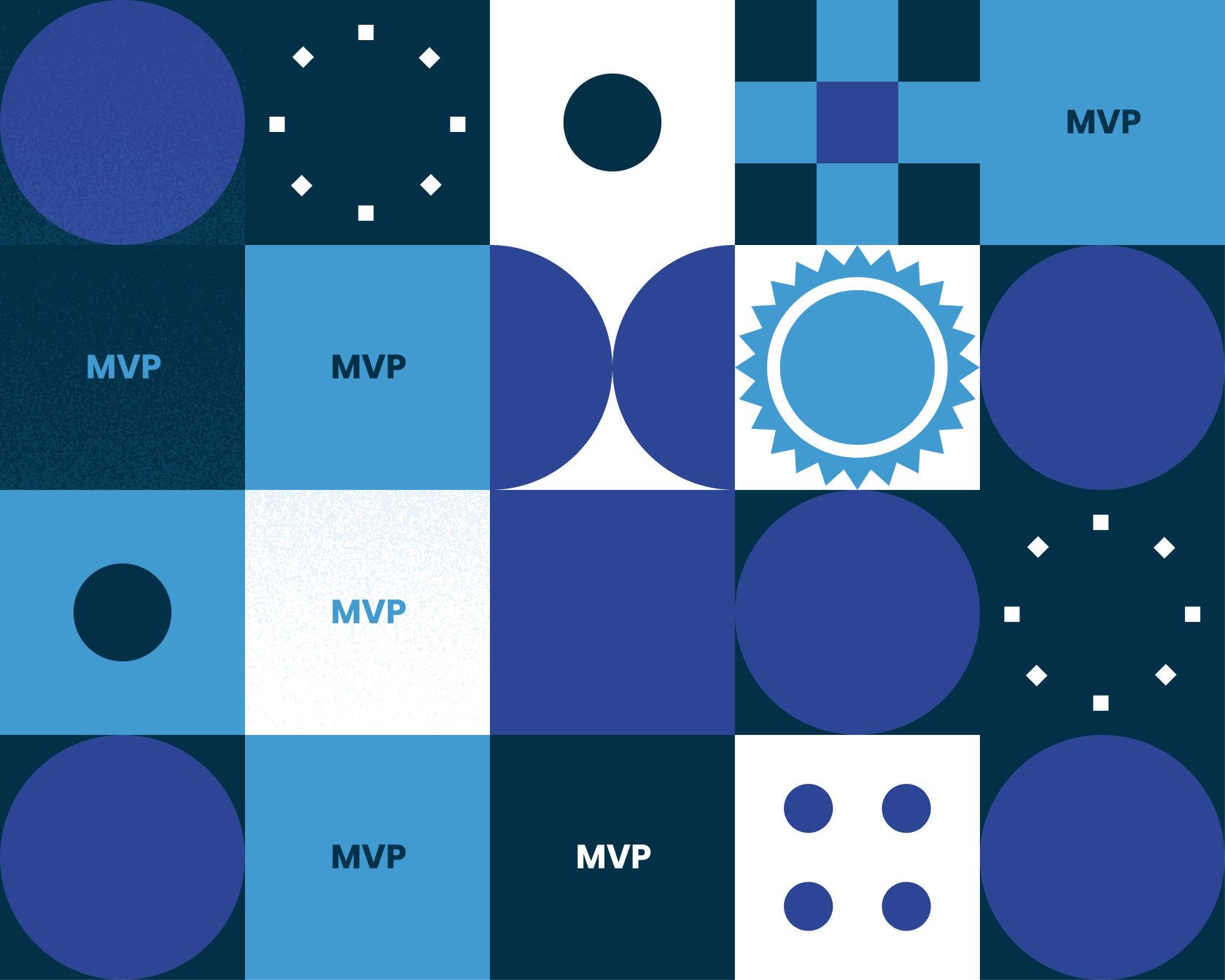
Once you have analyzed the results, making necessary adjustments to your MVP development is vital. This may involve adding or removing features based on customer feedback, refining the user experience to make it more intuitive and easy to use, or making other changes to address common issues or concerns.
It is also essential to consider the resources available to you when making adjustments to your MVP. This may include budget, time, and team resources. Considering these constraints, you can ensure that your MVP is realistic and achievable.
Analyzing the results of your feedback-gathering efforts and making necessary adjustments to your MVP development is essential in the MVP development process.
By looking for patterns and trends in the feedback you received and considering the resources available, you can make necessary adjustments to your MVP and increase its chances of success.
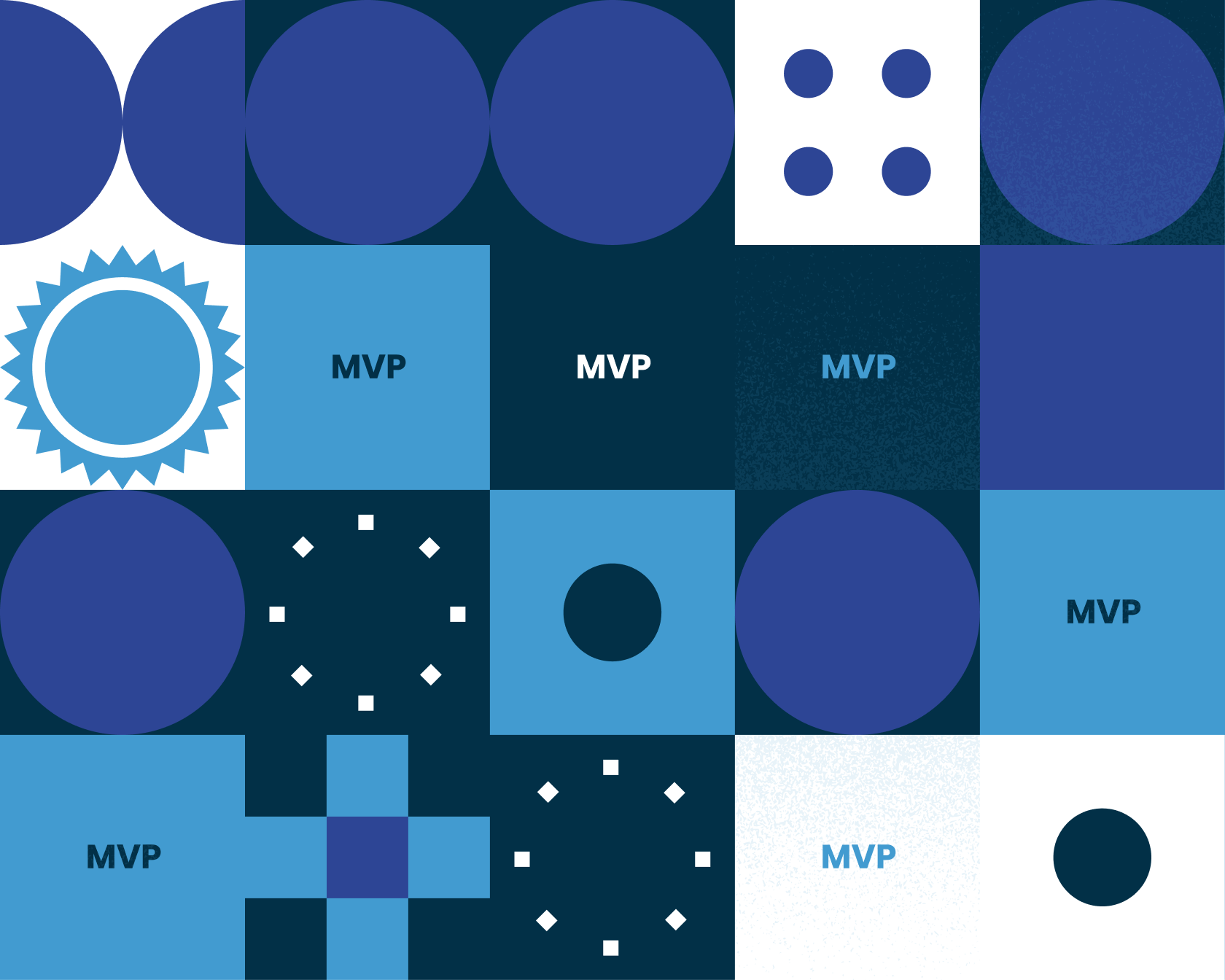
Promote your MVP
Once your MVP is finalized and ready for launch, it is important to focus on marketing and promoting it to your target audience. You can do this through various channels such as social media, email marketing, content marketing, and more.
Social media is a powerful tool for promoting your MVP, allowing you to reach a large and targeted audience.
By creating a social media presence, regularly posting updates, and engaging with your followers, you can increase awareness of your software development MVP and attract potential customers.

Email marketing is another effective way to promote your software development MVP, as it allows you to reach a targeted audience with personalized messages. By building an email list and sending regular newsletters and promotional emails, you can increase awareness of your MVP and drive traffic to your website.
Content marketing is another effective way to promote your MVP, as it allows you to educate potential customers about your product and its benefits.
Creating and sharing valuable content such as blog posts, videos, and infographics can attract potential customers and establish your brand as a thought leader in your industry.
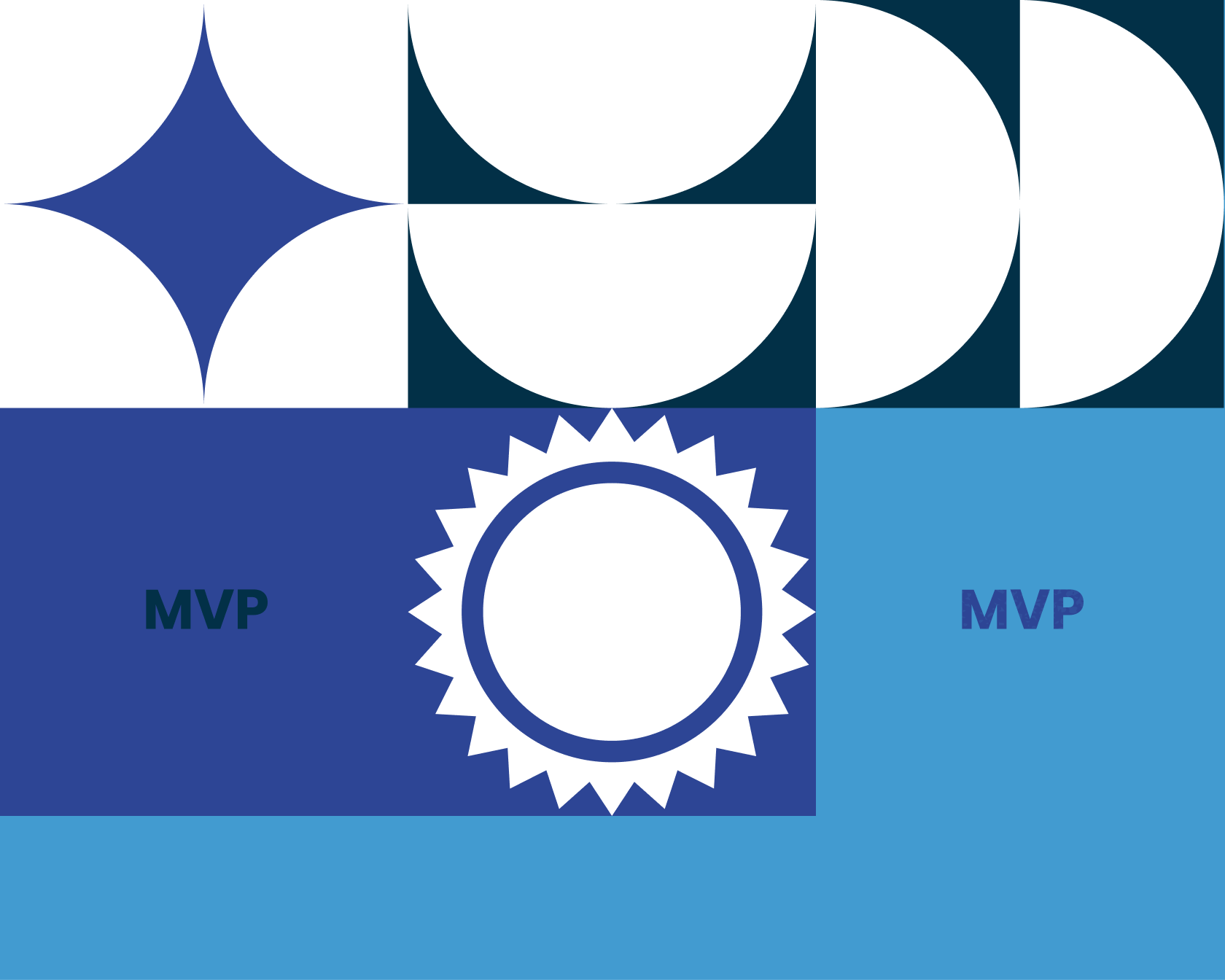
It is important to continue gathering feedback and tracking the performance of your software development MVP after launch to ensure its success. By collecting customer feedback and analyzing your MVP's performance, you can identify any areas for improvement and make necessary adjustments.
You can use various methods to gather feedback after launch, including surveys, focus groups, and customer reviews. You can use surveys to collect data from a large sample of customers.
At the same time, focus groups allow for more in-depth discussions and can provide valuable insights into customer preferences and pain points. Customer reviews can also be a valuable source of feedback, as they provide candid insights into the customer experience.
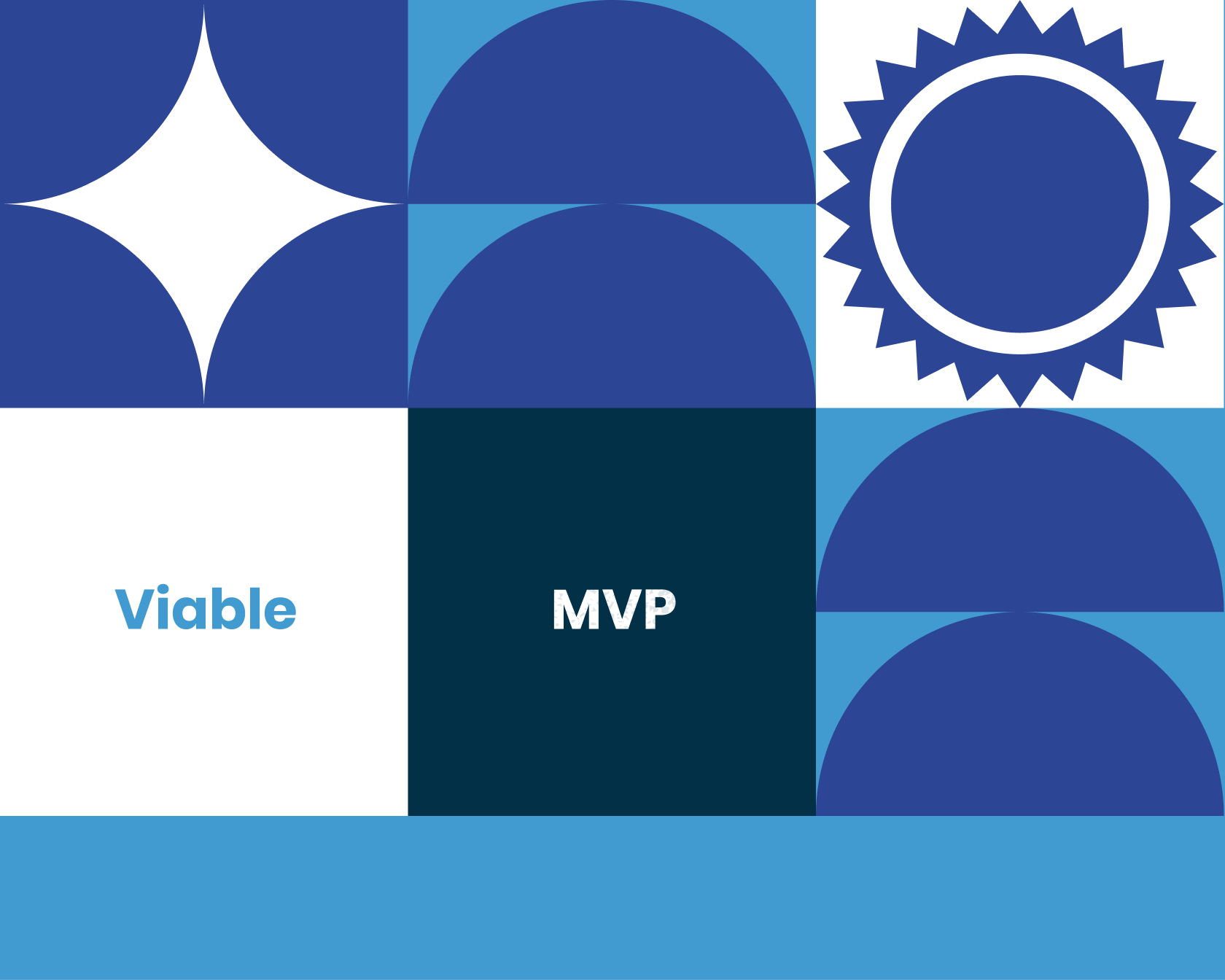
In addition to gathering feedback, it is also essential to track the performance of your MVP. This may involve analyzing metrics such as user engagement, conversion rates, and revenue. By monitoring these metrics, you can identify any areas for improvement and make necessary adjustments to your MVP.
Overall, it is essential to continue gathering feedback and tracking the performance of your MVP after launch to ensure its success.
By collecting customer feedback and analyzing your MVP's performance, you can identify any areas for improvement and make necessary adjustments.

Tips for Ensuring the Success of Your MVP:
Please keep it simple: It is essential to focus on the minimum necessary features to test your concept and gather feedback. Too many features can distract from the core purpose of your MVP and make it more expensive and time-consuming to create.
Prioritize user experience: The user experience should be a top priority when developing your software development MVP. If the product is difficult to use or navigate, it is unlikely to be successful.
Validated learning is a key success criteria for MVPs. Validated knowledge refers to the process of testing a hypothesis or idea through experiments or data collection, and using the results to make informed decisions.
One way to gather data for learning is through customer interviews. You can gather valuable insights into whether your MVP will be successful by talking to potential customers and asking about their needs and pain points.
This can help you identify any areas for improvement and make necessary adjustments to your MVP.
Gather as much feedback as possible: Gather as much feedback as possible from potential customers to help improve your MVP and increase its chances of success.
Be open to change: Make adjustments to your MVP based on customer feedback, and this can help improve the final product and increase its chances of success.
Focus on a specific problem: Make sure your MVP is focused on solving a particular issue or meeting a specific need. This will help ensure that it is valid and valuable to potential customers.

Conclusion:
Developing a successful MVP requires careful planning and a focus on the minimum necessary features to test the viability of an idea and gather feedback.
By following a step-by-step guide and keeping in mind the importance of gathering feedback and testing the viability of your idea, you can increase the chances of success for your MVP.
It is also essential to continuously gather feedback and track the performance of your MVP after launch. This can help you identify any areas for improvement and make necessary adjustments to ensure the success of your product or service.
Minimum viable products (MVPs) are a vital tool for testing the viability of an idea and gathering feedback from potential customers. An MVP is a product or service with the minimum features necessary to solve a specific problem or meet a particular need.
It is designed to test the viability of an idea and gather feedback from potential customers as quickly and cheaply as possible. The goal of an MVP is not to create a fully-featured product but to determine if the concept is worth pursuing and gather valuable insights from customers.
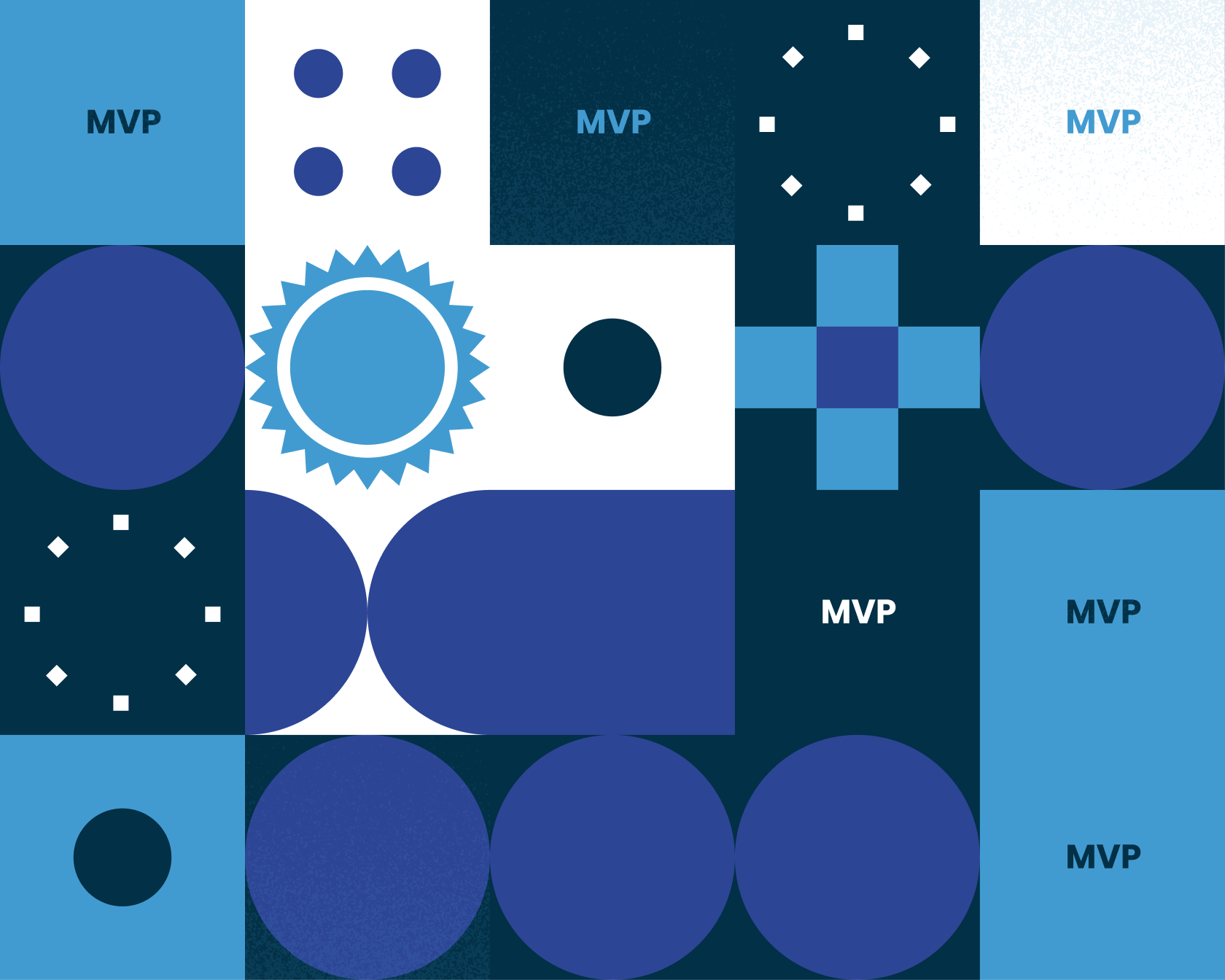
MVPs can take many forms and can be used in various industries. For example, an MVP for a new smartphone app might be a basic version of the app that only includes essential features, while an MVP for a new online store might be a simple website that allows customers to make purchases.
There are several reasons why developing an MVP is essential: it allows you to validate your idea, gather feedback, save time and resources, and improve your final product.
To create an MVP, you must first identify the problem you are trying to solve and conduct market research. Then, you can develop a list of MVP features and create a prototype.
Gather feedback from potential customers and analyze the results to make necessary adjustments. Finally, launch and promote your MVP, and continue gathering feedback and tracking performance to ensure success.

Following these steps and tips for success in mind, such as keeping the MVP simple and focused, involving potential customers, and being flexible and open to change, you can increase the chances of creating a successful MVP and, ultimately, a profitable product or service.
